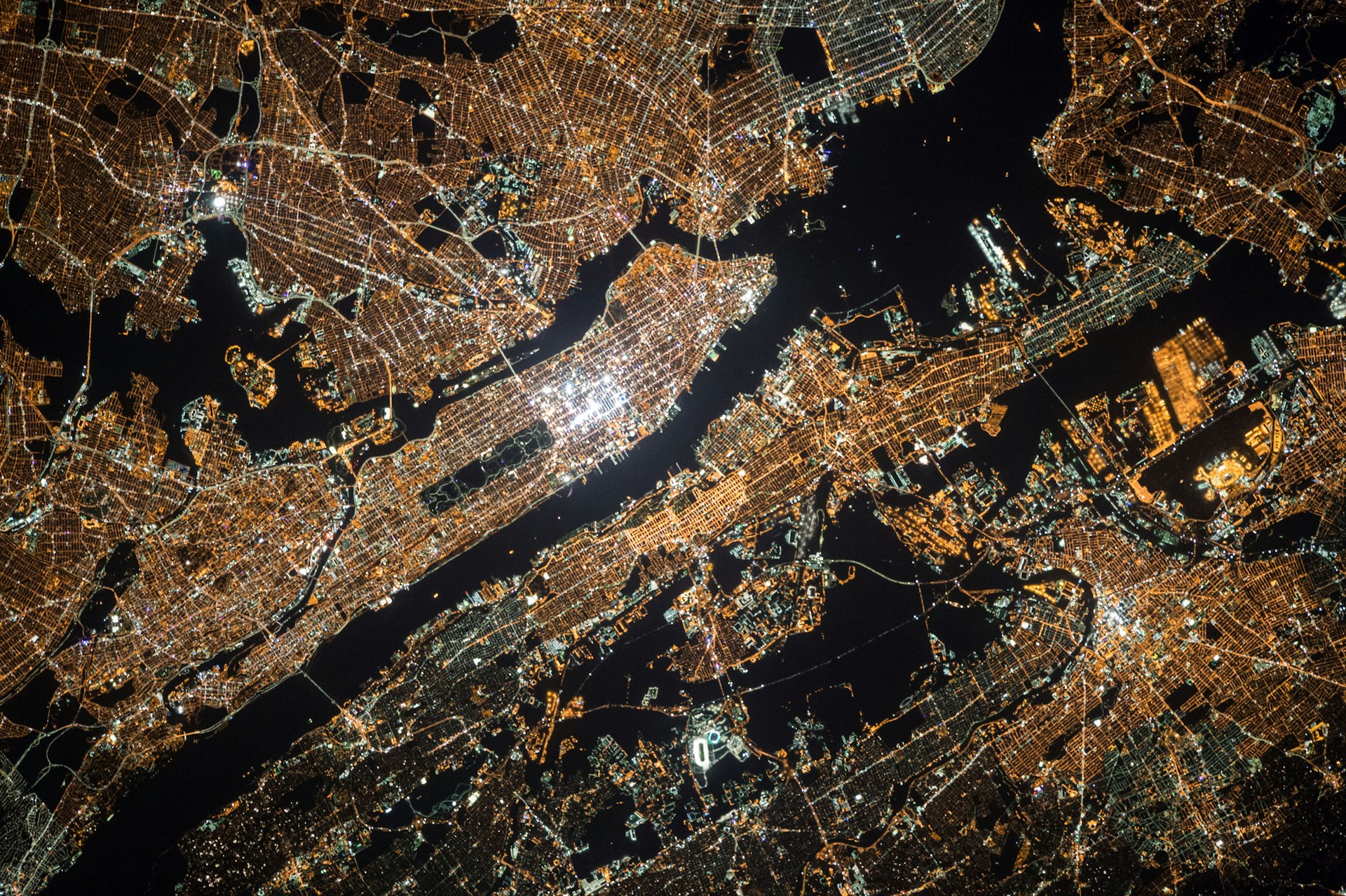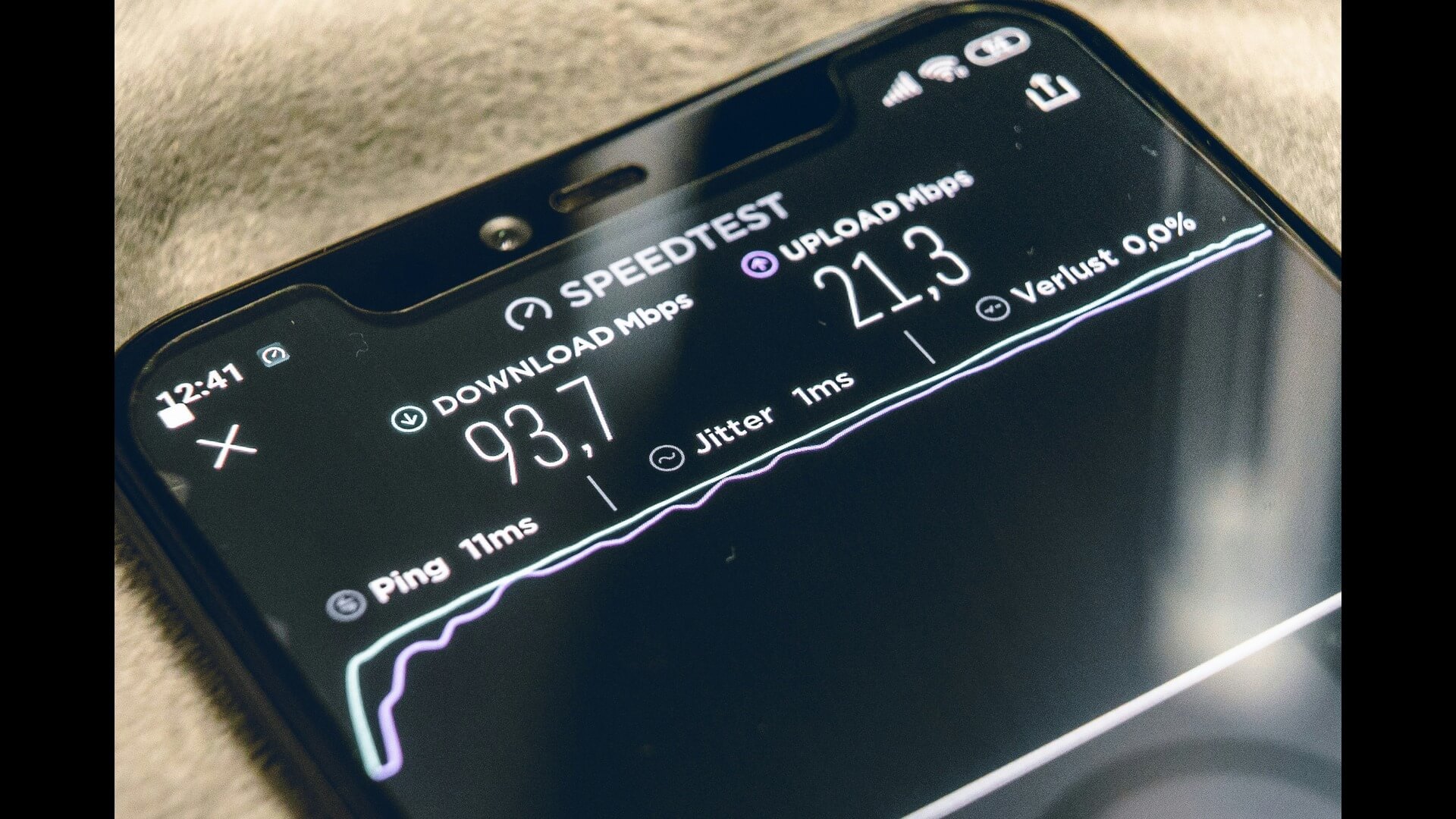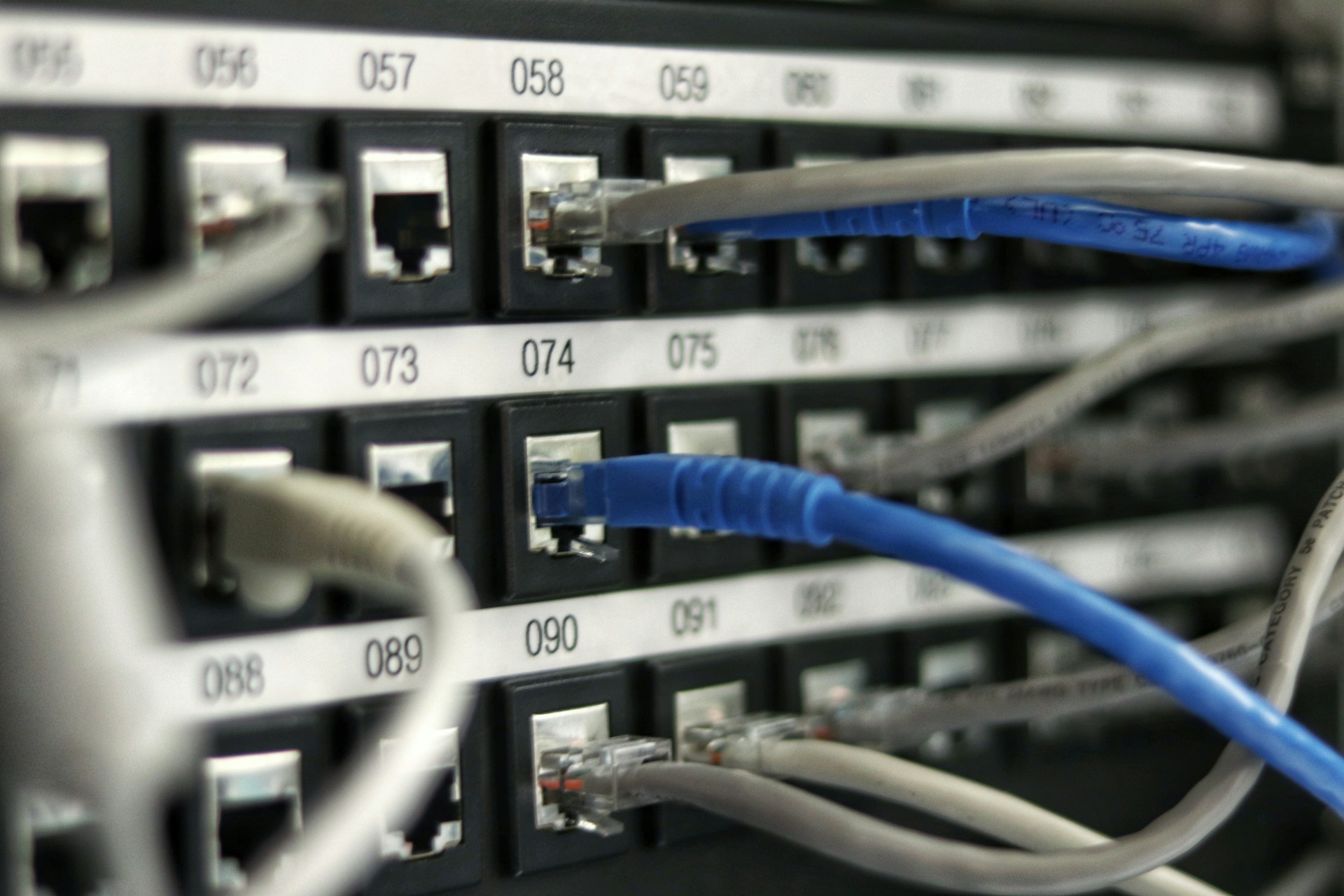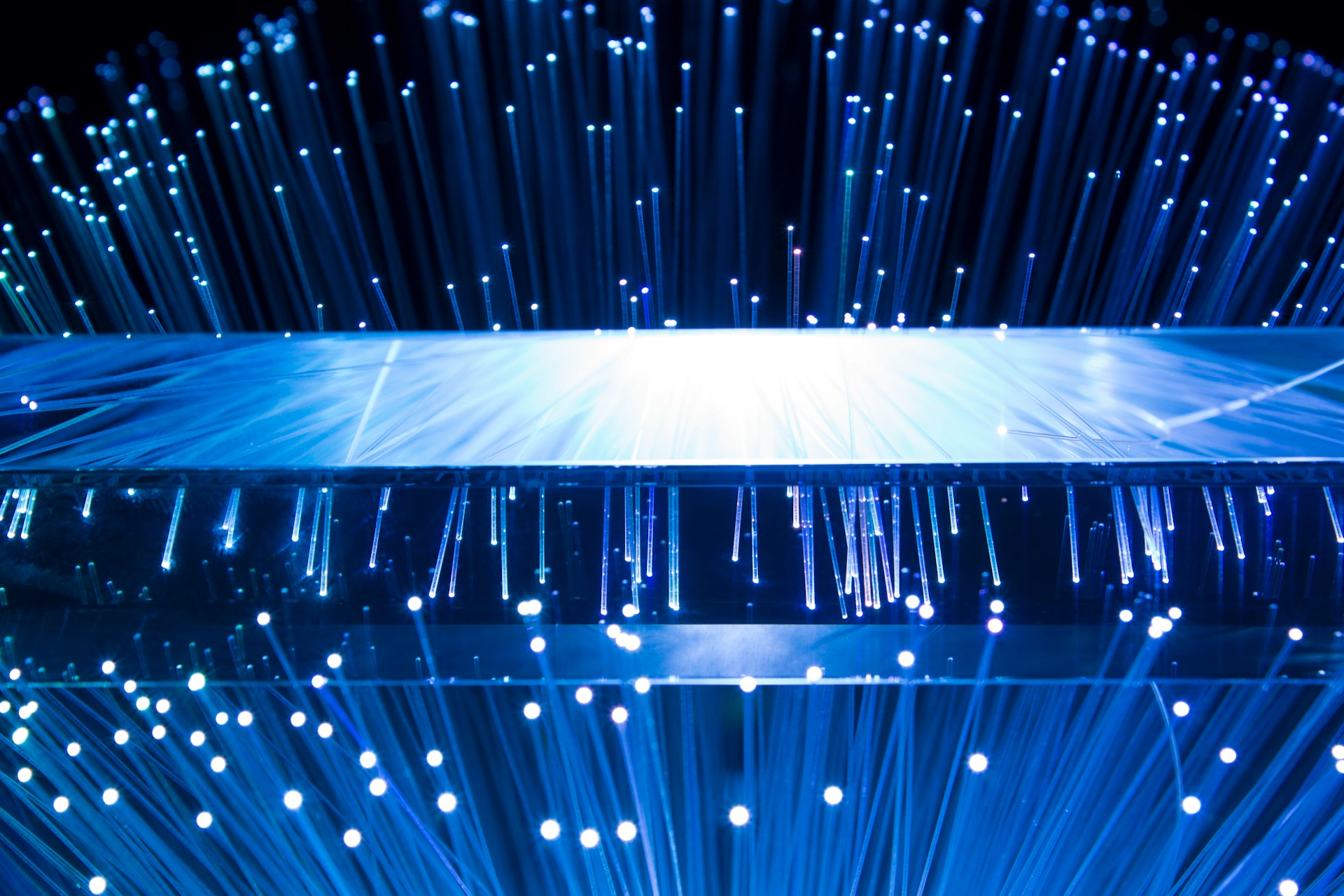
Top 5 Applications of IoT Monitoring Systems
October 26, 2023 - Ellie Gabel
Revolutionized is reader-supported. When you buy through links on our site, we may earn an affiliate commission. Learn more here.
IoT monitoring systems are incredibly useful in a wide range of applications and markets. They can help manage manufacturing facilities or improve patient care in hospitals. Businesses can use IoT to monitor their stores and prevent shoplifting. Logistics companies can leverage IoT monitoring to optimize shipping routes and accurately predict arrival times.
How can businesses in different industries use IoT to monitor their workplaces, facilities and industrial environments? Take a look at five of today’s top applications for IoT monitoring systems.
1. Smart Cities
Smart cities are becoming increasingly common, delivering improved sustainability, quality of living and connectivity. Managing a conventional city is difficult enough, but smart cities pose their own unique challenges. IoT monitoring systems are perfect for this environment.
For example, city managers can use IoT sensors to monitor smart electrical grids. They can track key metrics like renewable energy production, generator performance, maintenance metrics, live citywide energy consumption and more. This information helps predict breakdowns and prevent outages.
IoT monitoring is also perfect for efficient, smart traffic management. IoT sensors and cameras can deliver live, accurate data on traffic density so city managers can take steps to reduce congestion if needed. They can also use those same IoT sensors to detect accidents and autonomously call for emergency responders.
IoT sensors are also great for monitoring quality of life features like open parking spaces, public transportation information, parking meter rates, air quality and more. This data makes smart cities safer and more convenient to live in.
City and building managers can also use IoT monitoring systems to track the structural health of buildings, roads and bridges. This will be increasingly important in the years ahead as climate change causes more severe weather conditions all over the world.
2. Healthcare and Assisted Living
Monitoring is absolutely critical in healthcare. Care providers need to be able to keep track of many patients at once in case of an emergency. IoT monitoring systems are ideal for healthcare because they combine high-quality data with ease of use and efficiency.
IoT sensors also offer enough versatility and flexibility to allow patients more freedom and independence without putting them in danger. This is great for assisted living situations, whether for an older adult, someone recovering from a surgery or anyone living with a disability. These people want the comfort and privacy of independent living but have health complications that may make that risky.
With IoT, care providers can securely and discretely monitor patients’ vital signs around the clock. This gives patients privacy and independence but allows care providers to step in immediately if an emergency occurs, such as a fall or injury.
3. Manufacturing
The manufacturing industry is full of opportunities to leverage the amazing capabilities of IoT. Today’s manufacturing environments are getting increasingly complex, as well, with more technology and automation year after year. The widespread digital transformation of the manufacturing industry comes with many benefits, but requires new management solutions.
IoT monitoring systems are ideally suited for manufacturing facility management. They can monitor a wide range of systems and metrics from throughput to energy consumption to robot performance. Facility managers can easily program IoT sensors to transmit all of this data to one convenient hub where they can monitor the entire facility at a glance.
IoT monitoring systems are particularly useful for keeping an eye on robots in manufacturing spaces. It allows robot technicians to use predictive maintenance practices. Studies show that predictive maintenance can prevent up to 75% of breakdowns compared to reactive approaches to maintenance.
4. Logistics and Supply Chain
There are many dispersed moving pieces in any logistics or supply chain environment. IoT monitoring systems are essential for effectively keeping track of everything and optimizing for higher efficiency.
Logistics businesses can use IoT sensors to track and monitor key assets, allowing them to determine exactly where a shipment or asset is at any time. For example, a trucking company could use IoT and GPS to monitor their vehicles and drivers in real-time. This would allow them to improve driver safety and help drivers find more efficient routes as road conditions change.
Additionally, IoT monitoring systems can transform warehouse environments. On one hand, the ability to monitor dozens of warehouse robots is highly useful on a daily basis. IoT sensors also collect a wealth of data that is useful over the long-term, though. Warehouse managers can use this data to create a digital twin or model their logistics environment so they can maximize optimization, leading to more efficient operations.
5. Retail and Commercial Monitoring
Retail spaces might not be the first thing that comes to mind when one thinks of IoT monitoring. However, it can be highly effective for improving security and the customer experience. Businesses can use IoT monitoring systems to track inventory levels in real-time, prevent shoplifting and more.
In today’s retail industry, customers want a connected experience that blends online and in-store shopping. Surveys show 57% of Americans still prefer to buy items in a physical store, although they are more likely to start their search online. IoT monitoring systems can help retailers deliver a more connected shopping experience between the Internet and physical stores.
For example, a clothing retailer could use IoT tags to offer accurate real-time inventory levels. So, a customer could find an item they like online and know for sure how many units of that item are in stock in their size at the nearest store. Those same IoT tags could also be used for shoplifting prevention.
On the back end, retailers can also use IoT monitoring systems in their warehouses and distribution centers. In these logistics environments, IoT sensors are great for tracking automated systems and warehouse robots. Managers can also use them to track employees in large warehouses, which can help with employee safety.
Utilizing IoT Monitoring Systems
There are countless ways businesses, organizations and individuals can leverage the capabilities of IoT monitoring systems. IoT sensors are great for tracking and collecting data on everything from a patient’s vital signs to a building’s energy consumption. This information can improve safety, performance, efficiency, user experiences and more.
Revolutionized is reader-supported. When you buy through links on our site, we may earn an affiliate commission. Learn more here.
Author
Ellie Gabel
Ellie Gabel is a science writer specializing in astronomy and environmental science and is the Associate Editor of Revolutionized. Ellie's love of science stems from reading Richard Dawkins books and her favorite science magazines as a child, where she fell in love with the experiments included in each edition.







